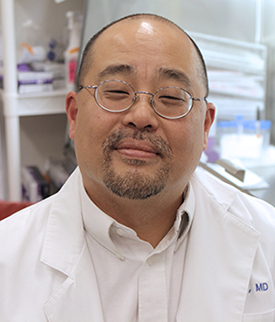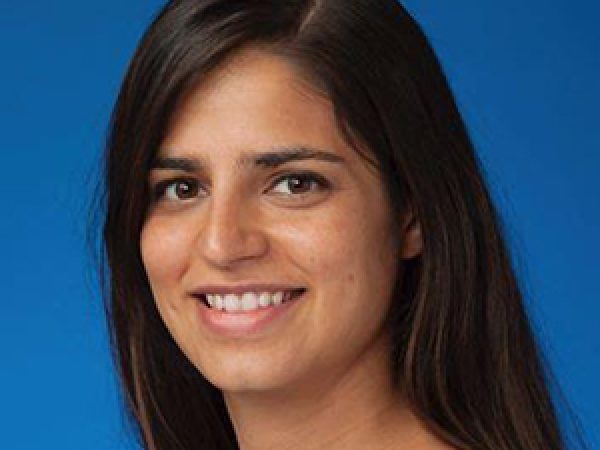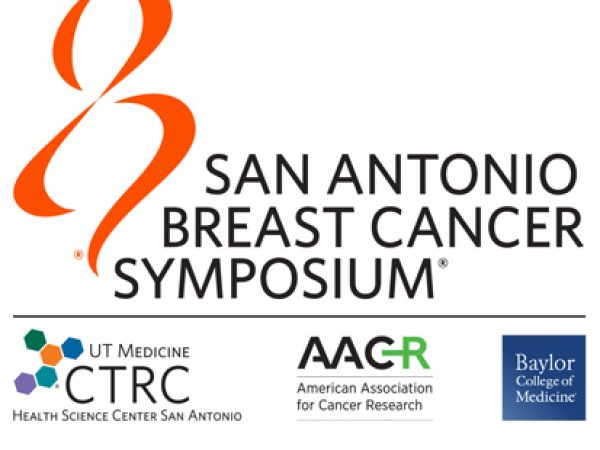Bringing Cuba’s Lung Cancer Vaccine to the States
Guest Post by Kelvin Lee, MD
Roswell Park Cancer Institute
Amid a historic normalizing of relations between the United States and Cuba, a potentially game-changing step was recently taken in the field of lung cancer research.
When thinking about cutting-edge scientific innovation, Cuba may not immediately come to mind. Relations between the United States and the small island nation to the south of Florida grew tense during the height of the Cold War, and the two countries have been locked in a trade embargo since 1962. Only very recently have diplomatic relations thawed, opening the door for collaboration.
A mystery to generations of Americans, Cuba is often thought of as being stuck in a bygone era. Having made multiple trips to Cuba over the last three years, I can tell you that is not the case.
Cuba’s high-quality biotech sector is thriving, led in part by the Center for Molecular Immunology (CIM) in Havana. I visited the CIM in April 2015 as part of a group that included Roswell Park Cancer Institute’s (RPCI) President and CEO Candace Johnson, PhD, and New York Governor Andrew Cuomo. Following face-to-face meetings with CIM representatives and researchers, an agreement was finalized to bring their lung cancer vaccine, CimaVax, to RPCI and the United States for clinical testing and U.S. Food and Drug Administration (FDA) inspection.
Potential Impact
So, what is CimaVax? First and foremost, let me immediately clear up a potential misconception – CimaVax, in its current form, is not the type of vaccine that would be administered to children to prevent them from some day getting lung cancer.
Rather, CimaVax is intended for lung cancer patients and for those at high risk for the disease, including smokers and patients who may have had lung cancer removed surgically. Unlike other immunotherapies, CimaVax does not target cancer directly and it is not personalized. Rather, the vaccine targets a growth factor (EGF) necessary for the cancer to survive. By targeting and effectively depleting this growth factor, the cancer starves and its progress slows, prolonging patients’ lives.
To date, CimaVax has been administered to 5,000 patients across the world, including 1,000 Cubans. Expansive clinical trials have been underway for some time now, with published data showing prolonged life (especially in patients <60 yrs old, with a mean overall survival of 18.53 months in the vaccinated patients compared to 7.55 months for the unvaccinated patients) when compared to standard care, with minimal vaccine-related toxicity.
The bottom line is that this vaccine works and the ease of administration (a shot in the shoulder once per month) combined with the inexpensive cost could make it a very attractive option in the United States.
https://youtu.be/2CFtbYzwvCQ
Watch this video for more on CimaVax.
Where It Currently Stands
Unfortunately, bringing a vaccine like CimaVax to the United States doesn’t just happen overnight. In addition to research and clinical testing, which is extensive in its own right, CimaVax must also receive FDA approval.
Roswell Park is preparing paperwork for the FDA as we speak. We hope to have the initial paperwork process wrapped up within the next two or three months so the FDA can begin its inspection.
What’s Next?
People are anxious to see CimaVax come to the United States, and with good reason. A revolutionary vaccine with the potential to slow the growth of this country’s most deadly cancer is certainly a thrilling prospect. I’m as ecstatic as anyone about CimaVax’s potential, but I also want people to understand that this process will take time.
We’re expecting the FDA’s inspection to last between 12-18 months. Once approval is secured, as we anticipate, the prevailing thought is that we would be able to begin a phase I clinical trial. However, some of my colleagues believe that the current safety data already published on CimaVax is so compelling that we may be able to skip ahead to a straight phase II study. We don’t want to look too far down the road, but skipping phase I would certainly accelerate the process.
Overall, when factoring in clinical trials, FDA approval, and other regulatory requirements, I estimate that the entire research process could take a total of five years. That may seem daunting, but if you had told me in 2011 that we would be filing CimaVax paperwork with the FDA in 2015, I would have been extraordinarily pleased. What appeared to be a long slog through the status quo is already moving at a somewhat refreshing pace.
Despite the road ahead, lung cancer patients, especially those at high risk, have good reason to be excited about Roswell Park’s partnership with the CIM. Other cancer patients may also stand to benefit from this partnership. We’re also looking into the potential to use CimaVax on colon, head and neck, prostate, breast, and pancreatic cancers.
Additionally, RPCI and the CIM are working on other collaborations, including a second encouraging vaccine that may target blood cancers; an agreement to study two monoclonal antibodies developed in Havana; and a worldwide clinical trial that appears to have efficacy in a number of different cancers. Our relationship is not based solely on CimaVax. A plethora of other possibilities are in the pipeline, and we hope to explore these in earnest over the next year.
These are thrilling times, and I feel fortunate to have played a role in this milestone. Hopefully this is only the beginning of a positive biotech relationship between the United States and Cuba, as the CIM and other Cuban research institutions begin to share their innovative technology and approaches.
Kelvin Lee, MD, is professor and chair of the Department of Immunology at Roswell Park Cancer Institute in Buffalo, New York. He has been a member of the American Association for Cancer Research since 2008. Read his full bio.





Good work. Nations can join hands to fight a deadly disease.